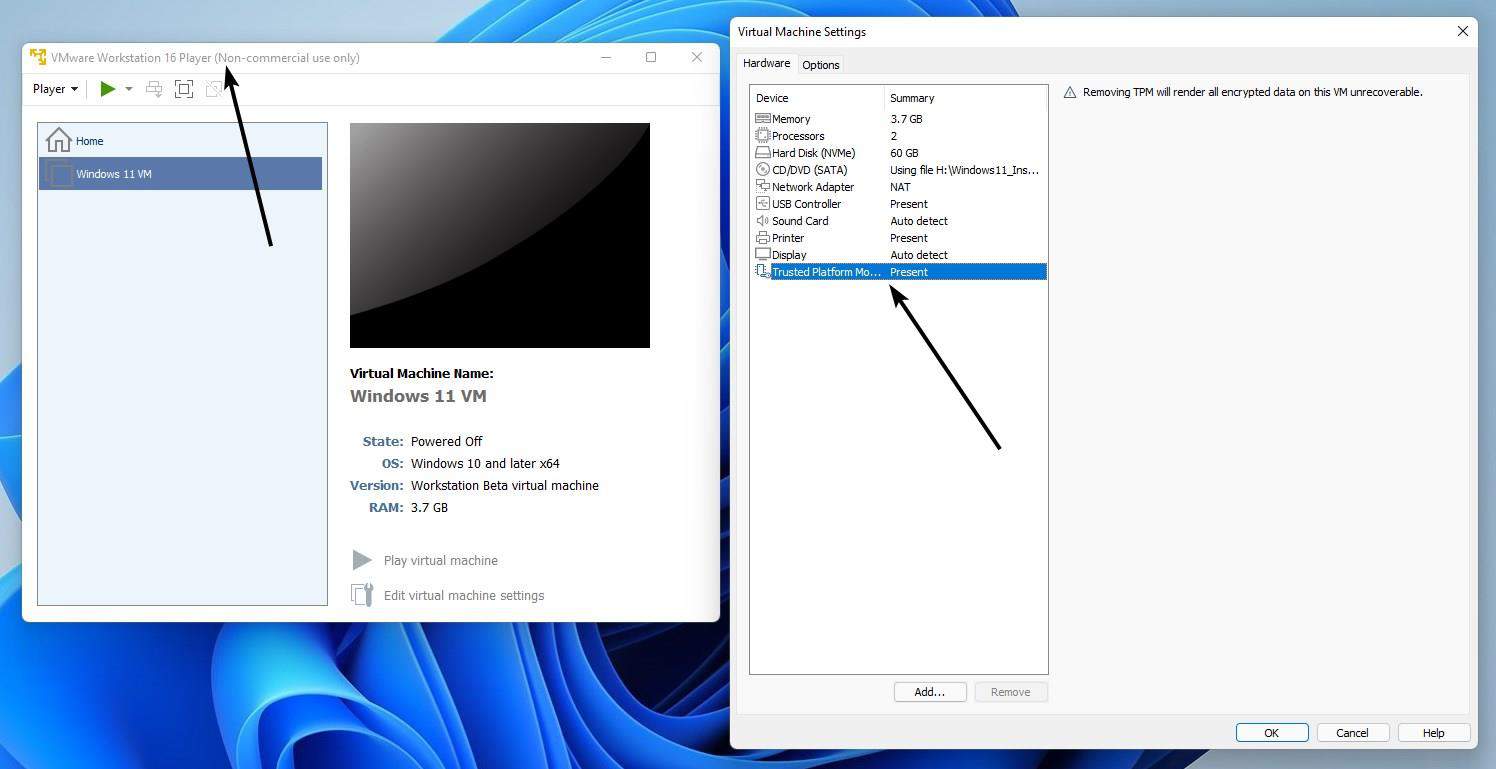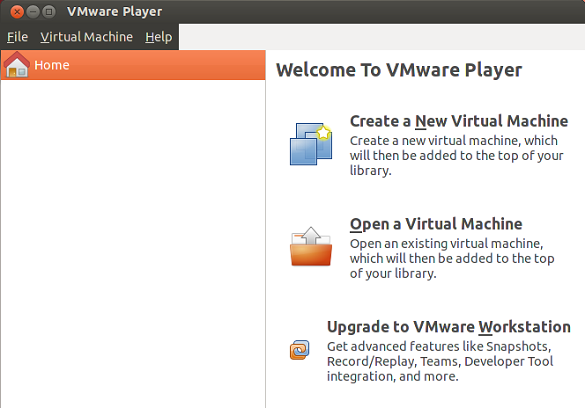
Enable Secure Boot for the Virtual Machine Now, select an encryption password, and tap on the Encrypt button.Įncrypting the Virtual Machine Step 2.Then, go to the Options tab, and tap the Access Control option and under the “Encryption” section, select the Encrypt button.Next, tap on the VM menu and click on the Settings option.First, launch VMware Workstation, and tap on the virtual machine.To enable TPM and Secure Boot on VMware, follow the below steps: Step 1. Enable TPM and Secure Boot on VM to install Windows 11 And, like most technical disciplines, the latest is better. Cryptography is stronger, more secure, and can better support new algorithms. Simply put, TPM 2.0 technology is newer than TPM 1.2, which has been in use since 2011. TPM 2.0 provides improved algorithms that can improve drive signing and key generation performance.

“TPM 2.0 provides more encryption agility by being more adaptable in encryption algorithms,” the document continues. “The TPM 1.2 standard only allows the use of RSA and SHA1 hashing algorithms,” Microsoft said. What’s the Difference Between TPM 1.2 and TPM 2.0? Since this is virtualization, you do not need to have the components on your computer. If you plan to install Windows 11 on VMware Workstation, the application includes TPM and secure boot options. It is essentially a tamper-proof cryptographic processor capable of performing tasks such as creating encryption keys and providing a combination of hardware and software-based authentication. Encrypt the Windows 11 VM and Add TPMĪ Trusted Platform Module (TPM) is a small chip on the computer motherboard that can perform security-related activities at the hardware level. Specify a Disk Type and Disk Capacity for Windows 11 VM Specify Processor Cores and RAM for Windows 11 VM Select a Guest Operating System and Name it Create a Windows 11 Virtual Machine on VMware with TPM and Secure Boot support.


What’s the Difference Between TPM 1.2 and TPM 2.0?.


 0 kommentar(er)
0 kommentar(er)
